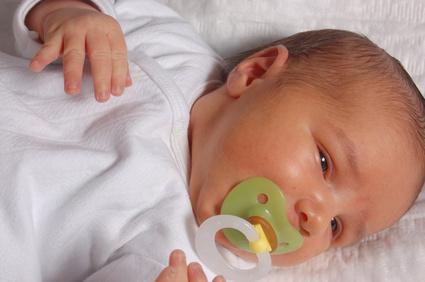For some, determining the gender of the baby is a simple matter of wanting to choose a good name or to pick the right colors for the nursery. For those at risk of passing on gender-specific genetic diseases, it’s a lot more important. If you want to know the gender of your baby for fun reasons, you’re probably going to have to wait until the 18th week to learn your baby’s gender, but if your family history or age puts you into a high risk category, you may get to find out baby’s age early.
Step 1
Talk to your doctor about your family history. For example, let your doctor know if you believe that your baby has an increased risk of muscular dystrophy or other rare gender-specific disorders. Most of these only affect boy babies, though there are some that affect only girls.
Step 2
Visit the lab for blood work. If your doctor determines that you are at risk, she may order blood work. Lab technicians can look at your blood for signs of your baby’s DNA, which will tell whether you’re carrying a boy or a girl. This can be done as early as week 6 of your pregnancy.
Step 3
Ask your doctor about chorionic villus sampling (CVS). This test takes the chorionic villi from the placenta and analyzes the DNA to find diseases like Tay-Sachs disease or hemophilia. It can also determine the sex of your baby.
Step 4
Brace yourself for amniocentesis. Your doctor will use a large needle to remove some of your amniotic fluid, which she can then analyze for defects and to determine your baby’s gender.
Warnings
- Chorionic villus sampling and amniocentesis put you at risk for miscarriage. You should not use these tests for the sole purpose of early gender detection.
- You can also purchase a home testing kit to determine your baby’s gender using the same methods that your doctor can use. Unfortunately, these tests are expensive and inaccurate.
Photo Credit
- baby image by Dron from Fotolia.com





